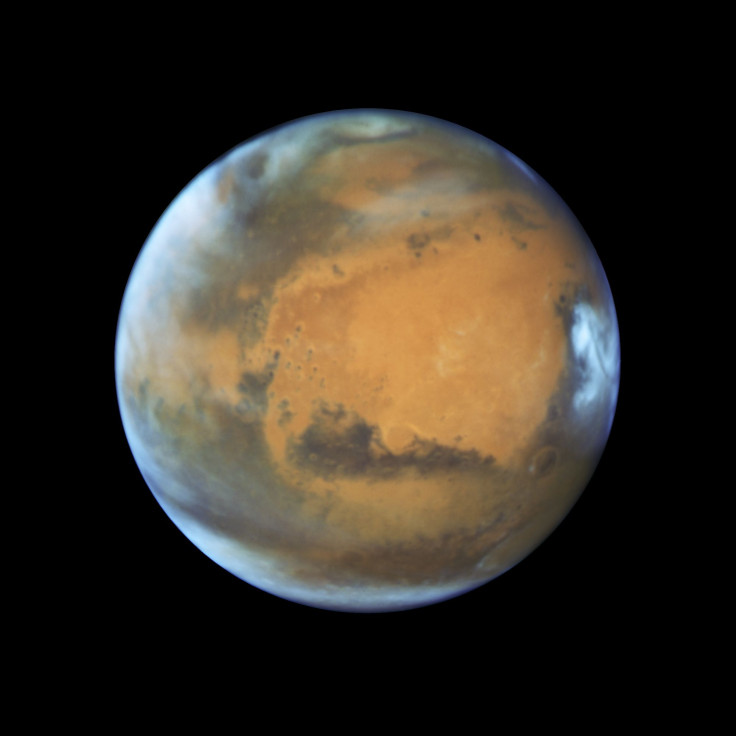Russia To Launch Mars Mission In 2019, Putin Says In Interview

It looks like Russia is planning to flex some more muscle in the space race, what with increasing competition not just from the United States but also from China, and to a lesser degree, Europe, Japan and India.
In a recently televised interview, Russian President Vladimir Putin said: “We are planning unmanned and later manned launches — into deep space, as part of a lunar program and for Mars exploration. The closest mission is very soon, we are planning to launch a mission to Mars in 2019.”
The Russian mission to the red planet next year would be without a crew, Russian media outlet RT reported Thursday. But there was no information on the exact nature of the Mars mission. The mission itself was not previously known about, with the next known Russian involvement with any mission to the red planet coming in 2020, with its participation in the ExoMars rover.
The ExoMars rover mission is a partnership between Russia’s space agency, Roscosmos, and the European Space Agency. Its primary science objective is to search for microscopic life, whether past or present, on Mars. The first part of the project, the ExoMars Trace Gas Orbiter, entered an orbit around Mars in October 2016, while the accompanying lander crashed.
NASA’s InSight (short for Interior Exploration using Seismic Investigations, Geodesy and Heat Transport) is the next mission humans have planned to send to our neighboring planet, and it is currently scheduled for a May 2018 launch.
Another NASA mission, Mars 2020, is planned for the year 2020, which may also see a Chinese Mars mission. However, the latter maybe delayed due to the country’s problems with its heavy-lifting rocket, Long March-5. The United Arab Emirates also has a Mars mission planned for the same year. Within a year or two of those missions, India plans to send a follow-up mission to Mars after its Mangalyaan-1 which was launched in November 2013.
In the interview, Putin also said the upcoming Russian missions to the moon would target its polar regions.
“Our specialists will try landing near the poles because there are reasons to expect water there. There is research to be done there, and from that, research of other planets and outer space can be undertaken,” Putin said.
India is expected to launch its second mission to the moon, Chandrayaan-2, later in 2018, and it would include a rover. A Chinese mission, Chang’e-4, is also planned for a 2018 launch, and would explore the far side of the moon.
© Copyright IBTimes 2024. All rights reserved.





















